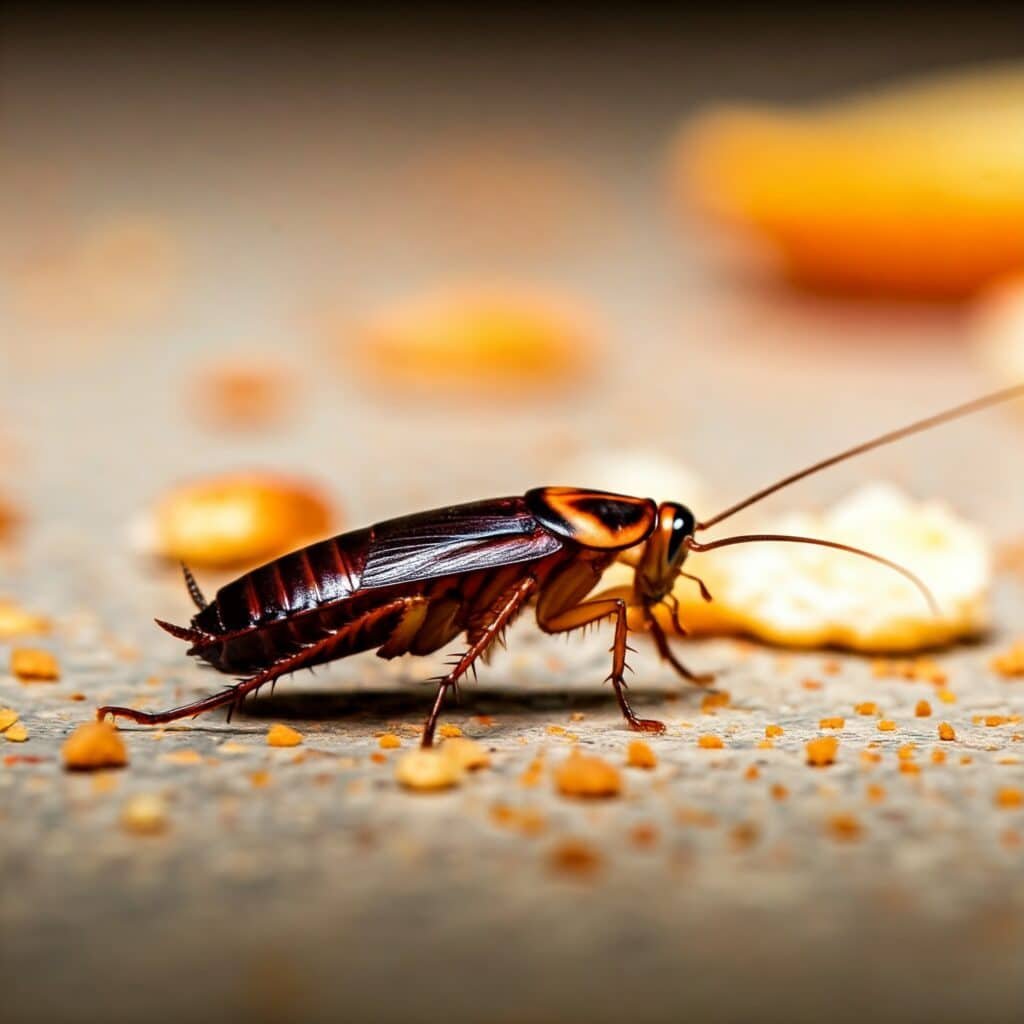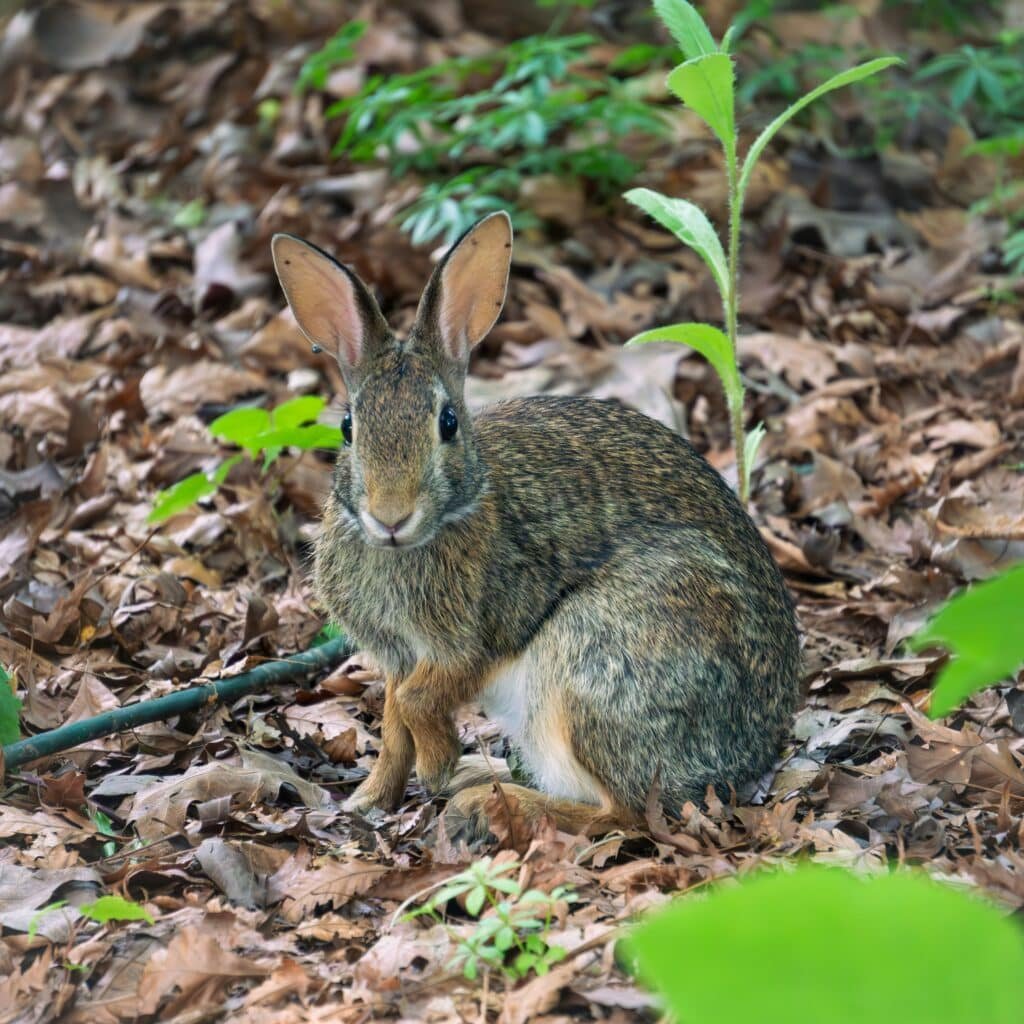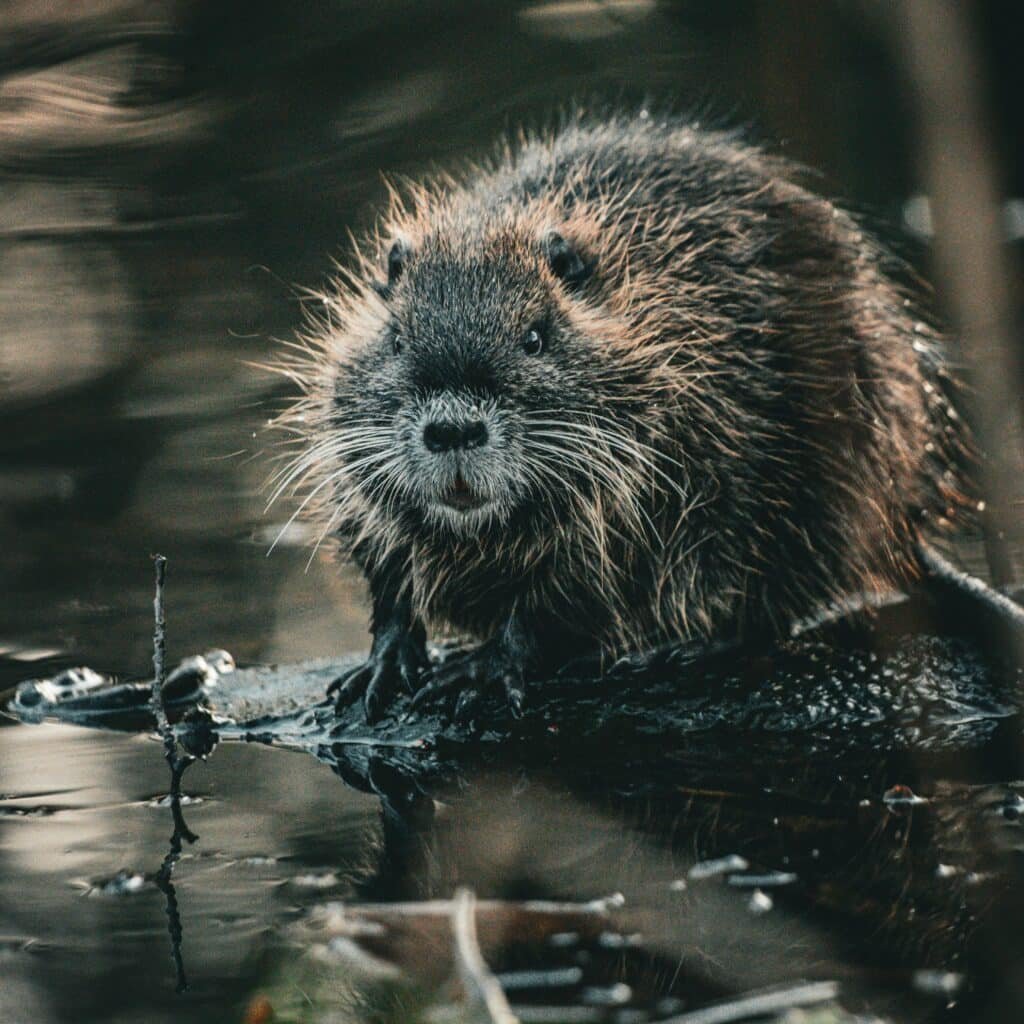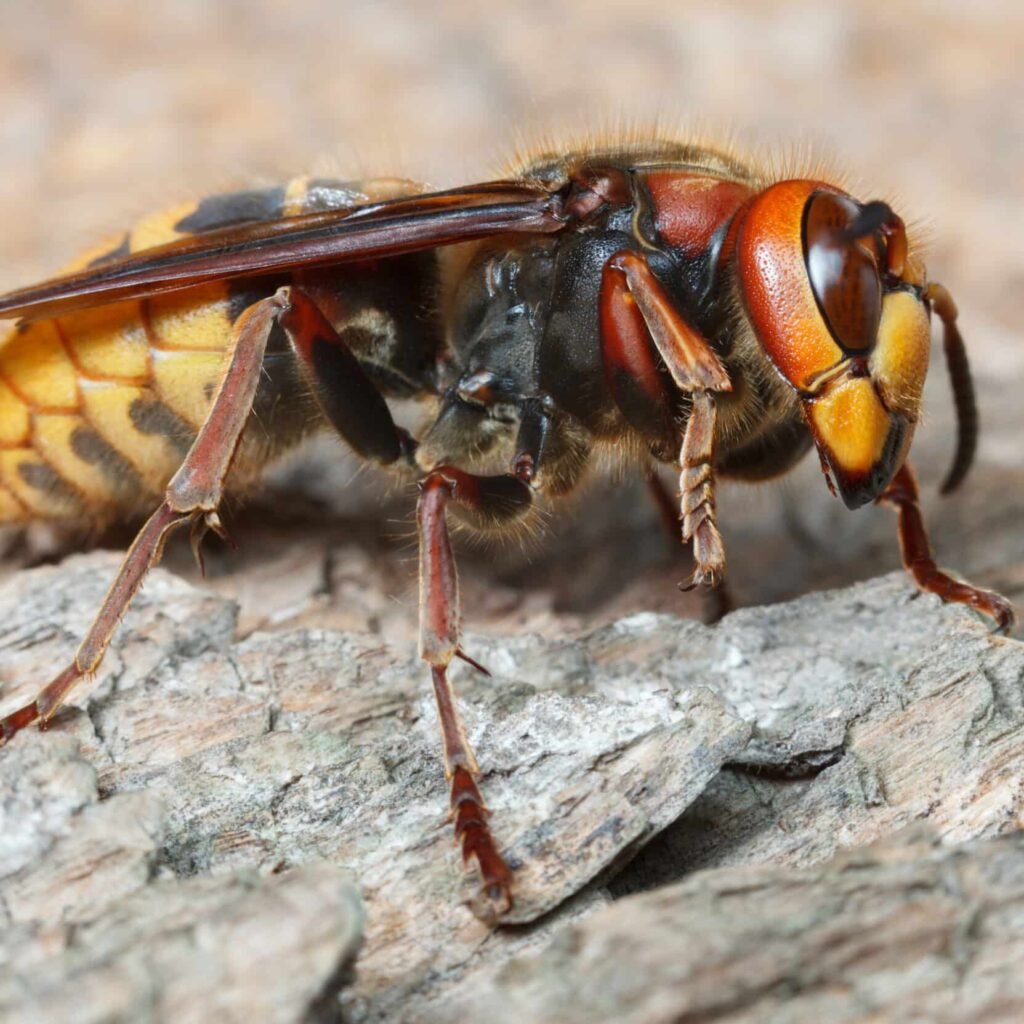Cheeking Out a Chipmunk

The chipmunk, a striped symphony of rust and brown, is a tiny tenant in the grand scheme of North American wildlife. These energetic burrowers hold the title of “cheekiest character” in the critter kingdom, thanks to their signature bulging cheeks used to store an impressive amount of food. A Statistical Snapshot of the Speedy Scamperer […]
Hogs Wild: The Wild Boar Woes

Wild hogs, also known as feral hogs, are a formidable and increasingly problematic species across the United States. Their numbers have exploded in recent decades, with estimates ranging in the millions. These adaptable creatures can thrive in a variety of habitats, from forests to agricultural lands. While they are active throughout the year, their behavior […]
Batty About Bats

Bat’s are a symbol used to drive fear into the hearts of my enemies. “I am vengeance, I am the night, I am the bat… wait sorry, we are not a masked vigilante running around the rooftops of a certain city. But we are here to talk about these mammal masters of flight, the undisputed […]
The Not So Cuddly Cockroach

Cockroaches, those resilient and often reviled pests, have been sharing our living spaces for millennia. These nocturnal creatures are remarkably adaptable, thriving in a variety of environments. Unfortunately, their presence can lead to a host of problems, from property damage to serious health risks. Not to mention they’re just kinda icky…. Fun Fact: Cockroaches can […]
Cotton-Tails: America’s Adorable Yet Destructive Rabbits

They’re fluffy, they’re funny, and they have a serious case of the zoomies. Rabbits are a common sight in North America, leaving their signature bunny droppings in gardens and occasionally causing havoc with landscaping. But beyond their cuteness, these little herbivores play a vital role in the ecosystem. A Whiskery Overview Cottontail rabbits, aptly named […]
Nutty Nutria: Orange Toothed Rodents

Nutria, often misnamed “nutria rats,” are large, semi-aquatic rodents native to South America. Introduced to the United States in the early 20th century for fur farming. However, when the value of the fur fell, it became too expensive for farmers to continue to care for the nutria and they began setting them free. Since then, […]
Scurrying Squirrels: The Nutty Tree-Dwellers

In the United States, squirrels are abundant, with approximately 200 million individuals populating the country. While they can be found throughout the US, they are most active in wooded areas, parks, and suburban neighborhoods with ample trees. Texas, once known to be home to as many as 6.89 squirrels per acre in the early 90’s […]
Mole Madness

Mole Madness: moles are mysterious, subterranean creatures, and far more common than you might think. With an estimated population of millions across the United States, these tiny tunnelers can be found in almost every state. While they’re active year-round, their most frenzied digging occurs during the spring and fall when they’re searching for food and […]
Stopping the Rat Race Rodent Control

Rats, those pesky rodents, are a ubiquitous presence in many parts of the world, including the United States. With an estimated population in the billions, these adaptable creatures can thrive in a wide range of environments, from urban jungles to rural landscapes. This is where the term rat race comes from, all of these rodents […]
Hornets Havoc: What’s All The Buzz About?

These bold, black and yellow insects strike fear in people all across the US. But before you grab the nearest fly swatter, let’s talk about the role that hornets play in our world. Personally, I have dealt with bald faced hornets when I worked trimming Christmas trees one summer. These hornets were both fasinating and […]
